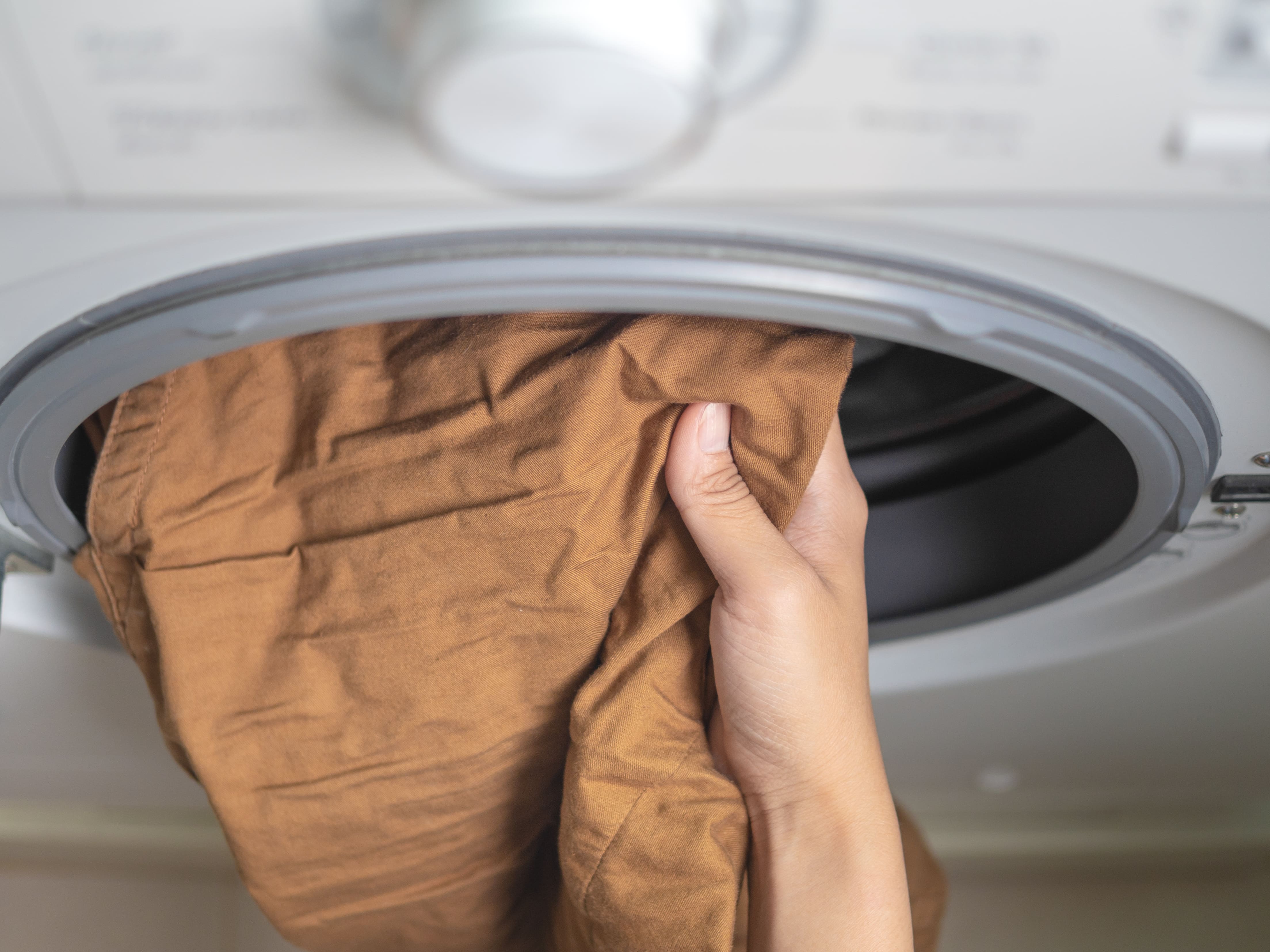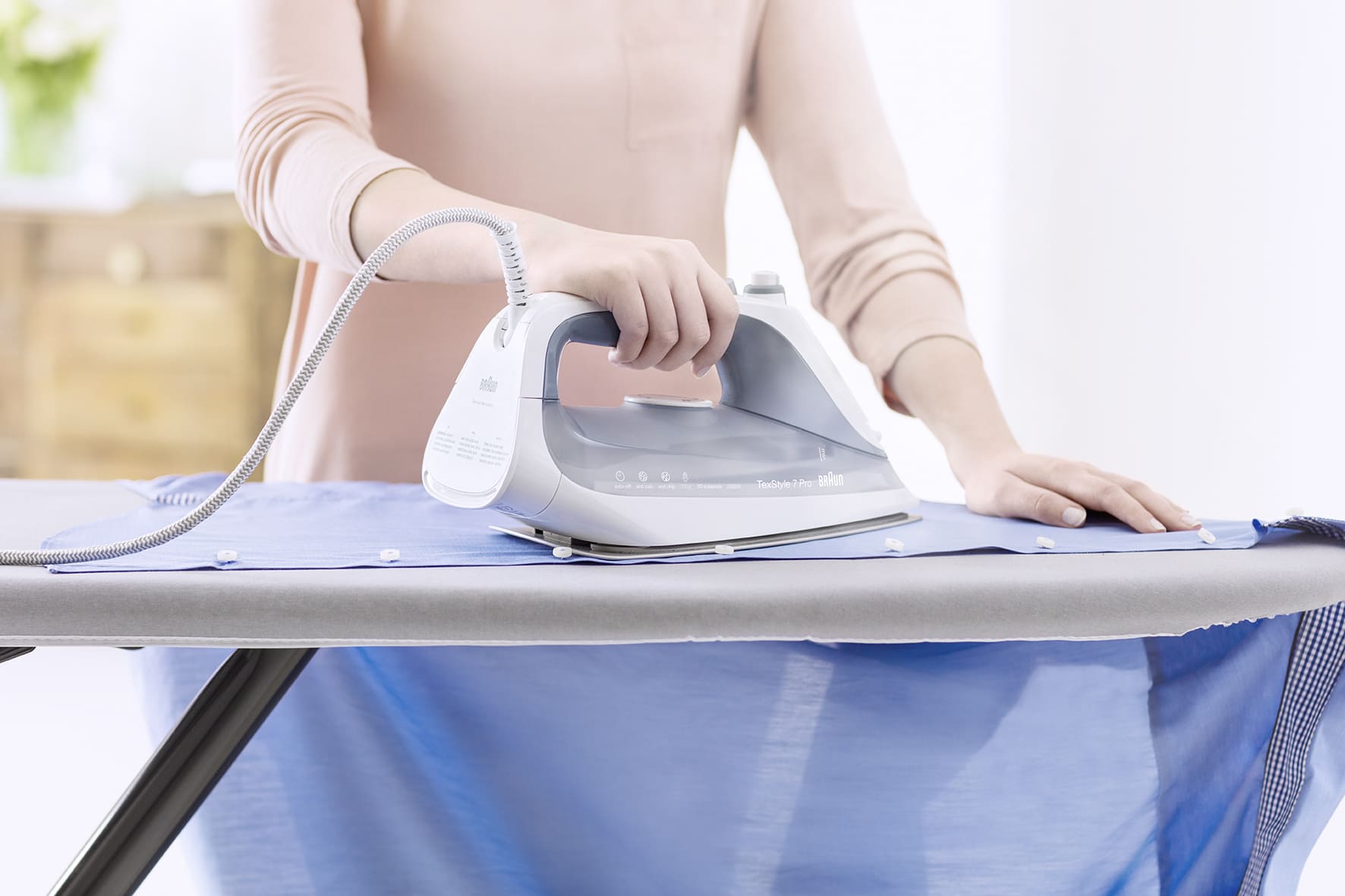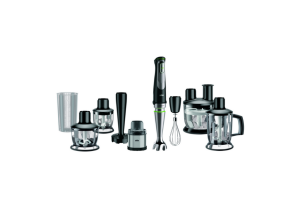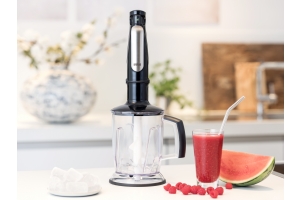Top 7 mistakes to avoid when ironing clothes

How much do you like ironing on a scale of 1-10? Would you like to enjoy ironing more, do it faster and achieve smoother crispier results? Whether you are a seasoned ironer looking to hone your ironing skills or a beginner learning how to iron, avoid these common mistakes and get closer to becoming a pro. To get the best results out of your iron with minimum effort and time avoid these 7 common mistakes.
1. Not shaking & hanging up garments straight after wash

The first step of ironing begins during the washing process, wouldn’t you like to save time removing creases? Do not leave your clothes inside the washer for too long as creases will form under the weight of the clothes inside. If you are air drying clothing on a line or rack, give them a good shake to loosen the fabric, peg the clothes at the bottom of the clothing and leave the rest to gravity.
By hanging clothing straight onto hangers after a good shake out and letting them dry is another way of reducing time spent removing those pesky creases.
When using a dryer to dry your clothes or laundry, separate them into those you need to iron and those you don’t. Removing them when they are slightly damp will make it easier to iron out creases.
2. Ironing fabrics that are too dry

Did you know ironing fabrics that are too dry can burn and singe certain fabrics, especially delicate ones? All it takes is a little bit of heat or leaving your iron on the fabric for a bit too long to damage the fabric, don’t let it happen to your favourite blouse or tablecloth by remembering this point.
When very dry, fabrics are resistant to reshaping making it harder to remove creases. Having a spray bottle on standby or using your iron’s mist to moisten the fabric slightly before ironing softens the fabric which makes smoothening creases much easier.
A good hack to have up your sleeve is removing your laundry from the dryer while it’s slightly damp and jumping straight to ironing them.
3. Not ironing your delicates first (Ironing heavyweight fabrics first)

Not all fabrics are made the same so before ironing, check the care label of your clothing or item and use the appropriate heat setting to keep your clothes and fabrics looking new for longer.
Sorting your clothes and laundry items by fabric type is also a good idea. As irons take longer to cool down than they do to warm up, start by ironing items made of delicate fabrics such as silk, chiffon, nylon, and polyester blends. As you iron the delicates, the iron is heating up and it will be hot enough by the time you get to the high-heat fabrics like cotton, denim, and linen.
This way, you not only save time and electricity without needing to adjust the temperature but also prevent scorching your favourite delicate clothing and fabrics.
With Braun’s smart iCare modes, you can iron in any order of fabrics, as the iron is smart enough to adjust the heat setting appropriate for the fabric. Discover more here.
4. Not using the right ironing board and board cover

Choosing the right ironing board is just as important as choosing the right iron for smoother ironing. Ironing on a flat surface that is covered with heat-resistant material like cotton and Teflon transfers heat evenly, so removing creases is faster without worrying about burning the fabrics.
Using the right size of ironing board helps you to position your shirts and bottoms for easier ironing and an adjustable height board ensures a good posture whether you’re seated or standing for efficient and comfortable ironing.
5. Not cleaning your iron

Cleaning your iron periodically is important to extending its shelf life and keeping your iron functioning at its optimum as it ages. As you use the iron, burnt fibres may accumulate on the soleplate, causing marks which may stain your clothes when ironing and causing your fabric to snag, making ironing harder than it needs to be.
Descaling the water tank is equally as important to ensure maximum steam performance for an efficient ironing session and avoid staining lighter-coloured clothes or leaving a sheen on dark fabrics.
Braun irons have self-cleaning systems which make it convenient to upkeep your iron and ensure efficient ironing with powerful steam and a spotless soleplate for smooth gliding across fabrics.
6. Storing iron after use without emptying the water tank

As convenient as it is to leave water inside the iron so you don’t have to refill the next time you iron, the water inside the tank can slowly leak into the electrical components causing long-term damage.
Using the same water to iron clothes the next time can dirty your clothes due to limescale and calc build-up inside the water reservoir. Make sure you empty the iron after each use and refill it every time.
7. Not using a steam generator iron for large loads

When ironing large loads of laundry or large items like bed linen and tablecloths, using a steam generator iron cuts your ironing time and saves you effort, thanks to its high-pressure continuous powerful steam output that easily eliminates creases and permeates multiple layers of fabric.
The separate large water tank means fewer refills and prevents hand fatigue as the iron is much lighter to hold than a steam iron. You also get the job done quickly without having to press hard or go over the same area repeatedly.
Braun’s Carestyle 7 Steam generator iron cuts your ironing time in half compared to using a Braun steam iron.
Conclusion
Ironing isn’t the most fun but avoiding these 7 common mistakes can bring you great satisfaction when you’ve mastered the techniques to achieve perfectly pressed fabrics with minimum effort. Look smart and feel confident in a crisp outfit on your next date or important business meeting and you will be leaving a good first impression.
Discover Braun’s range of steam irons and steam generator irons here, designed with smart features to make ironing easy for anyone.




